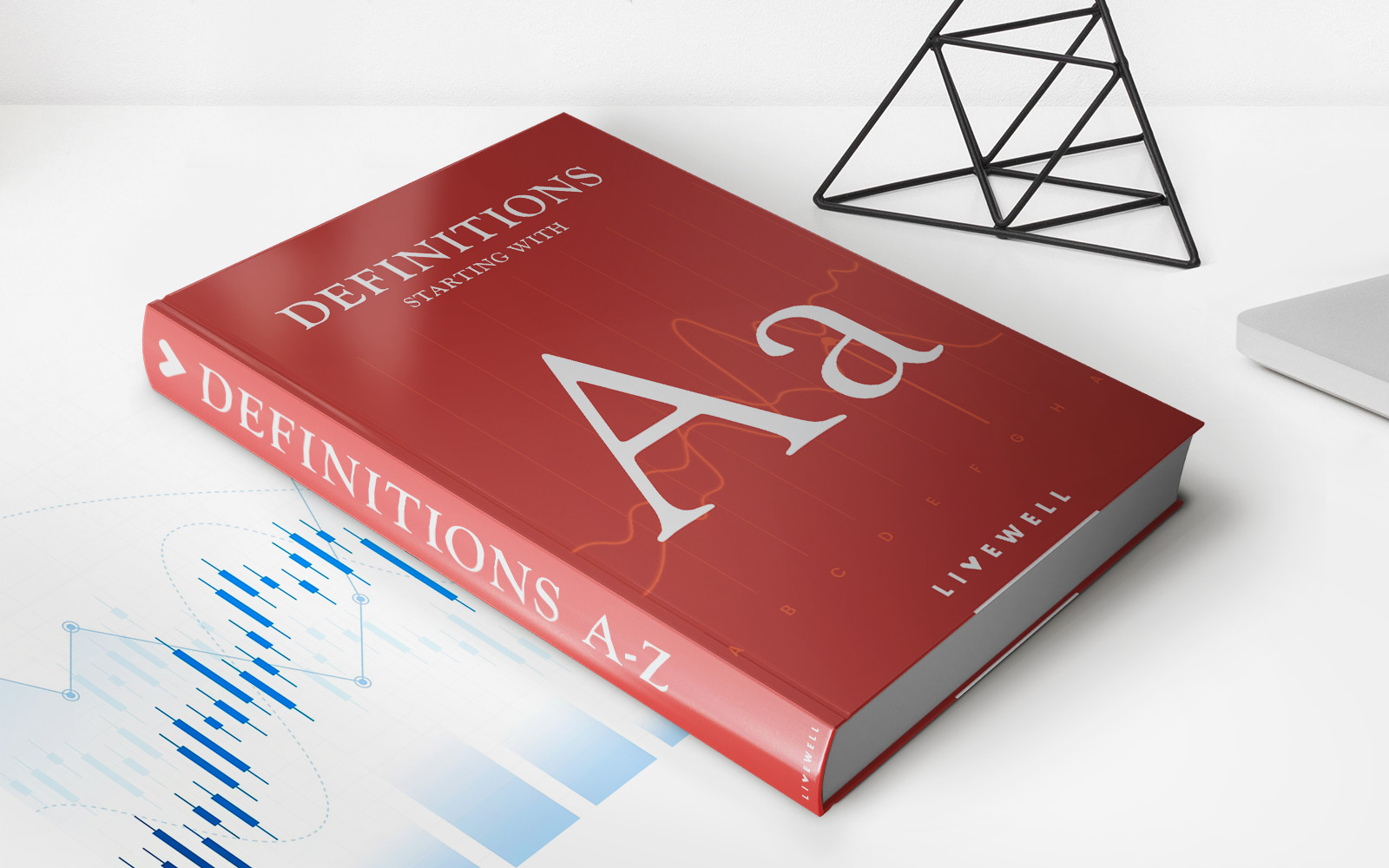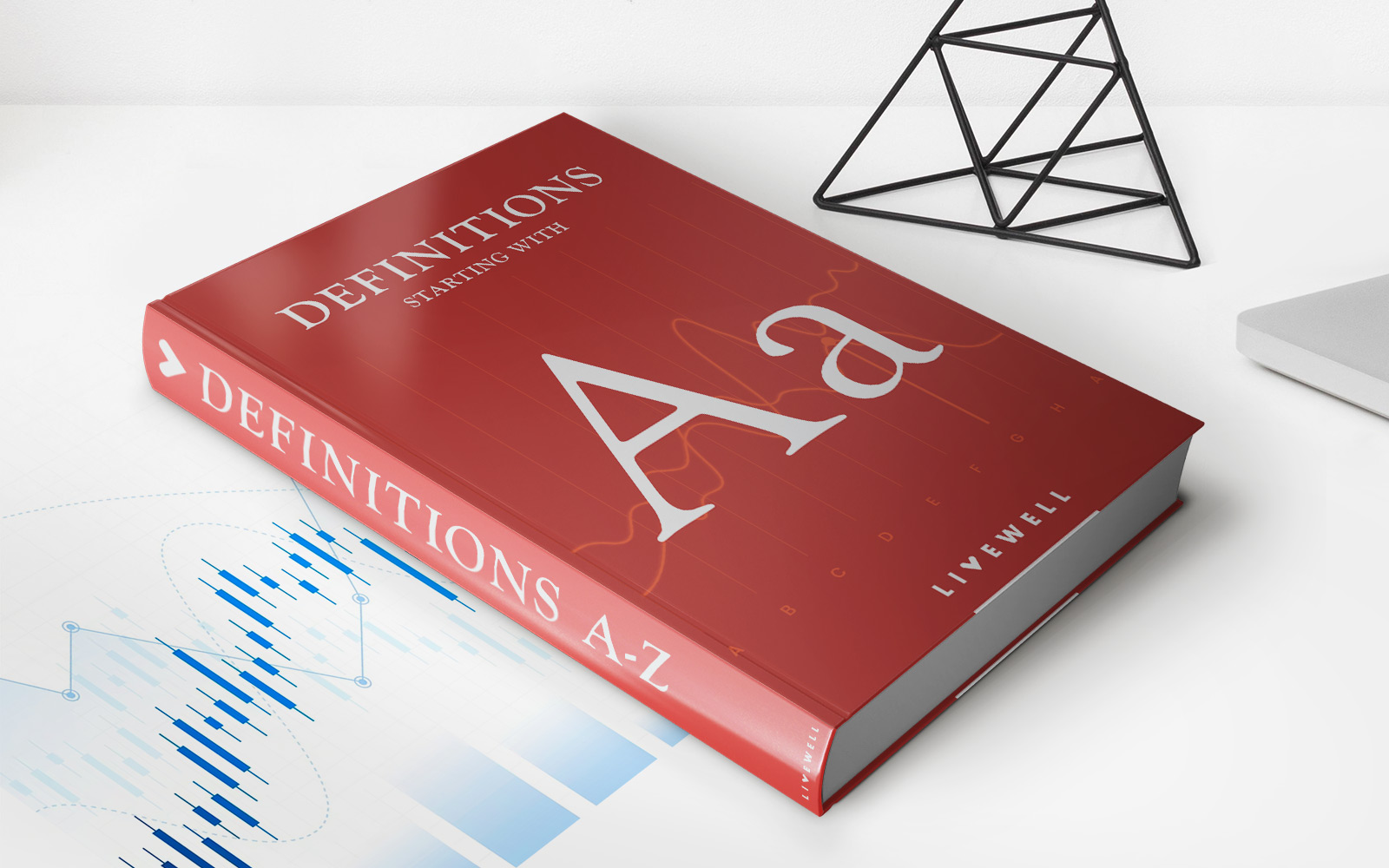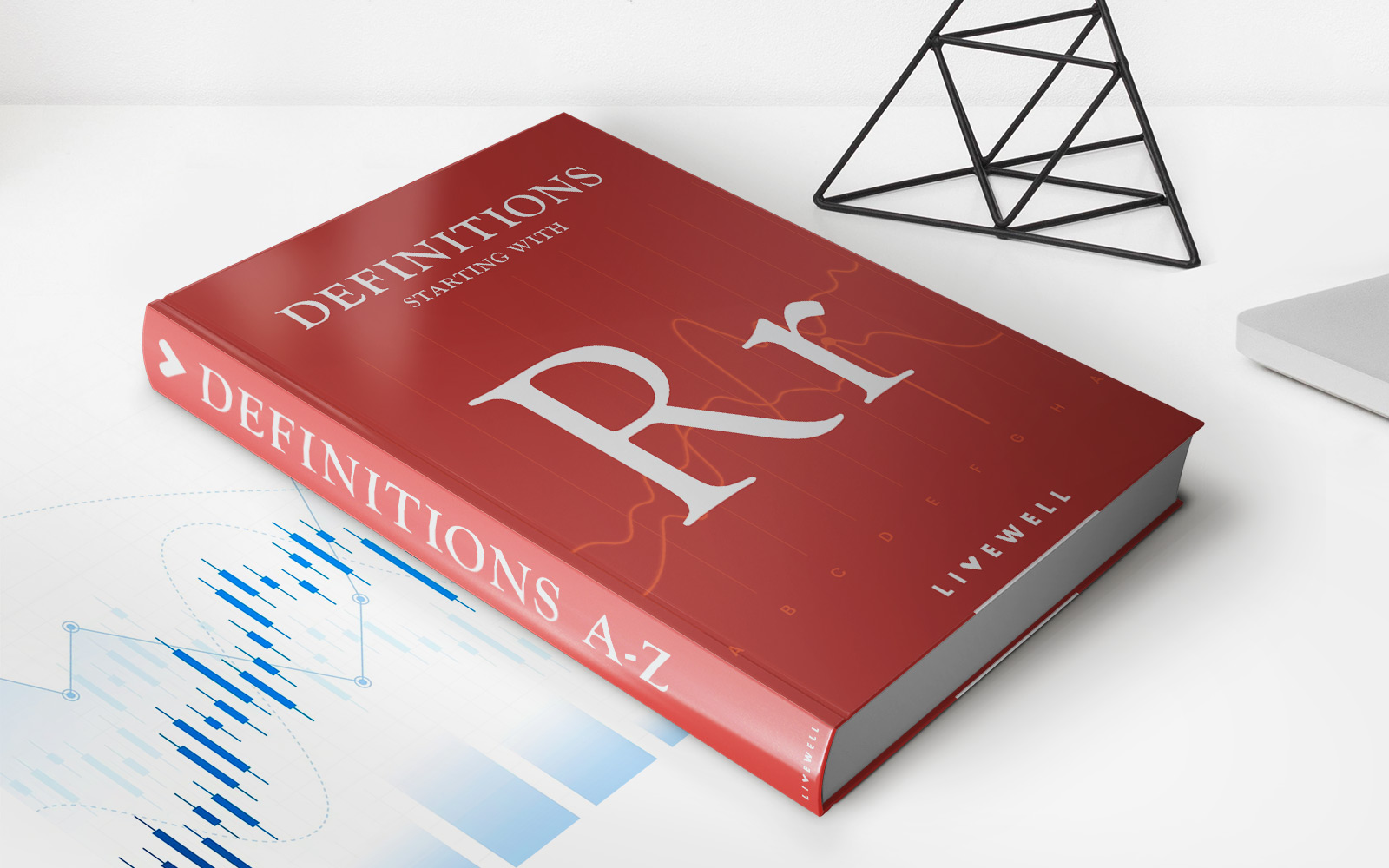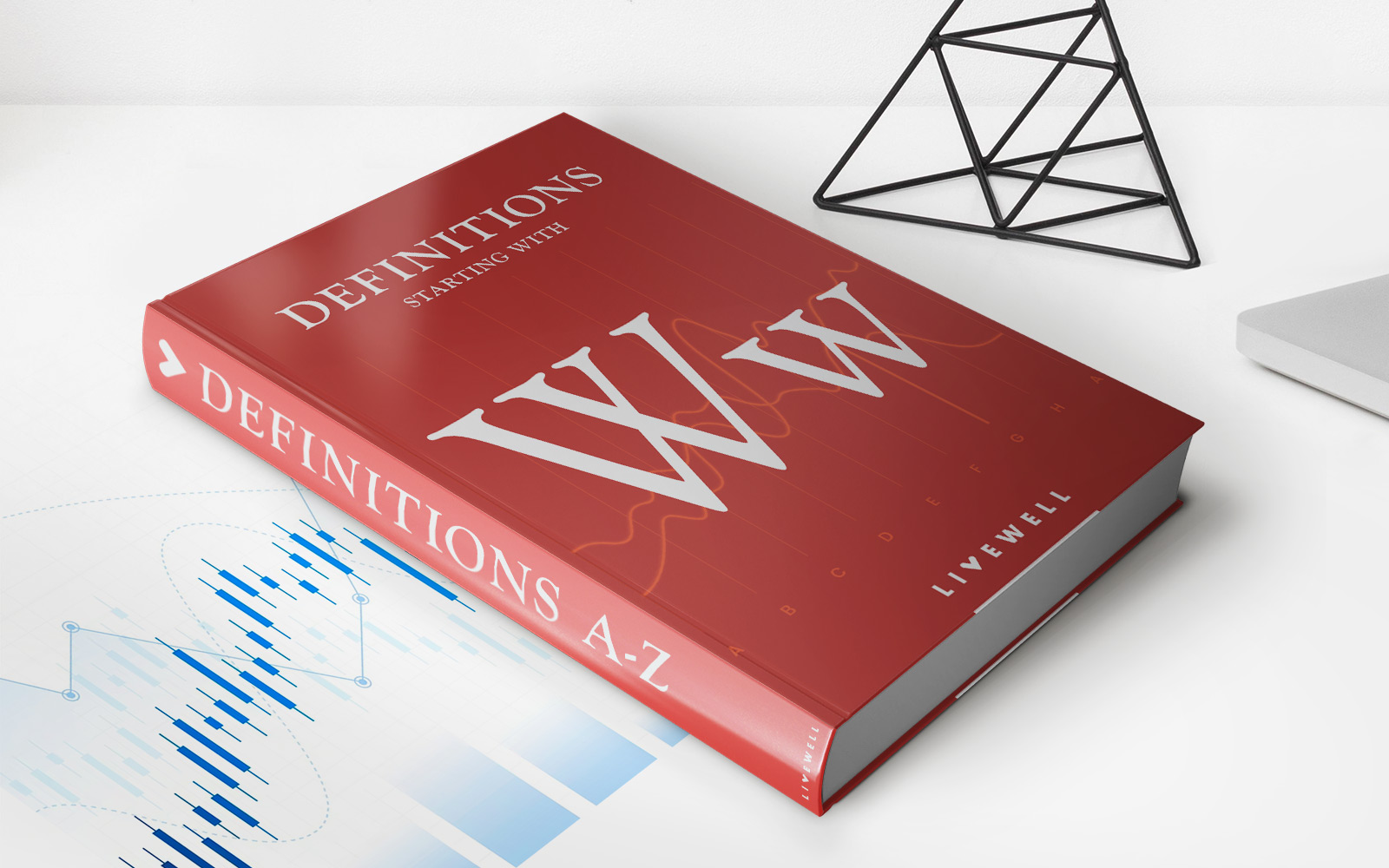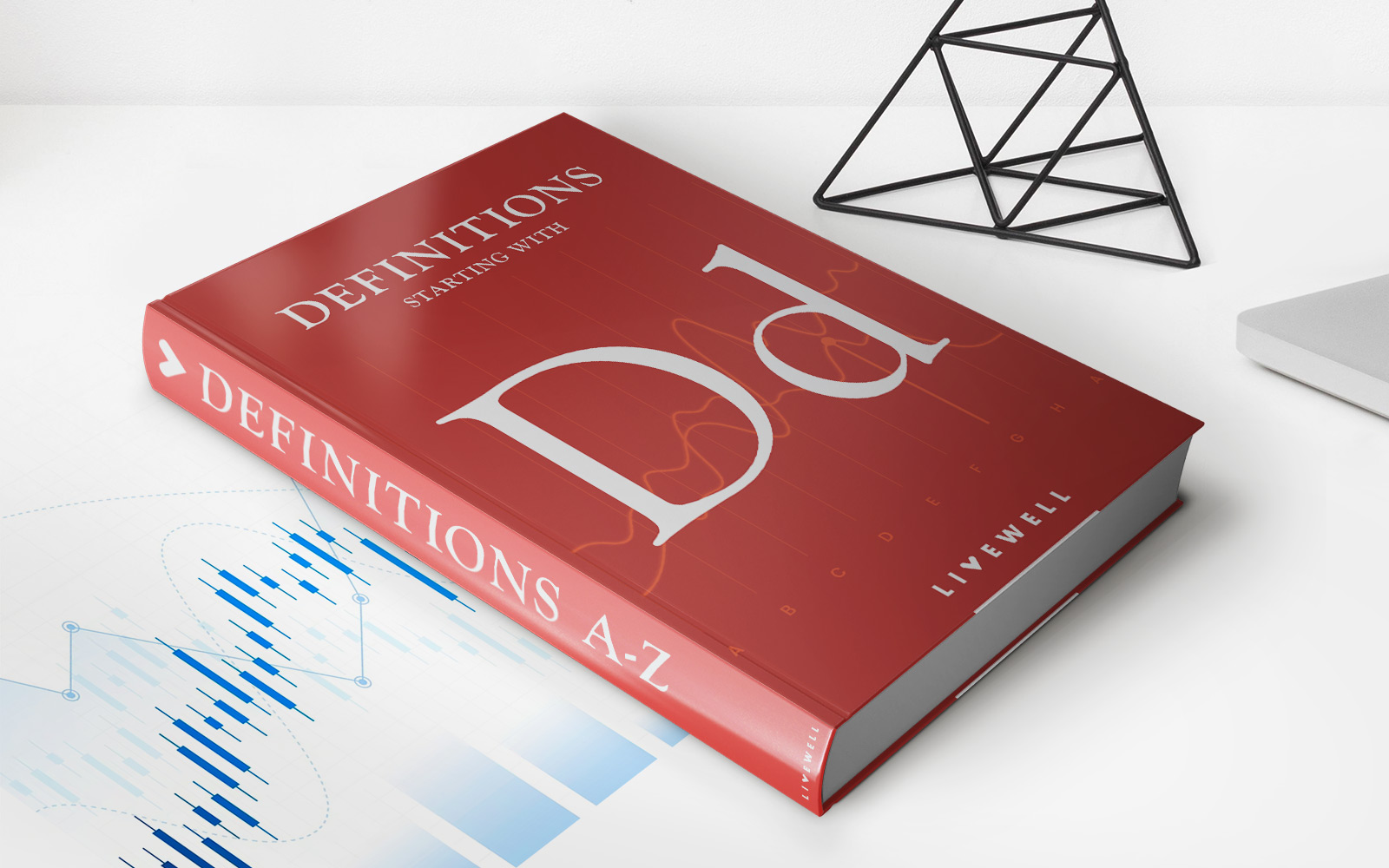Home>Finance>Assets Under Administration (AUA): Definition And Related Fees
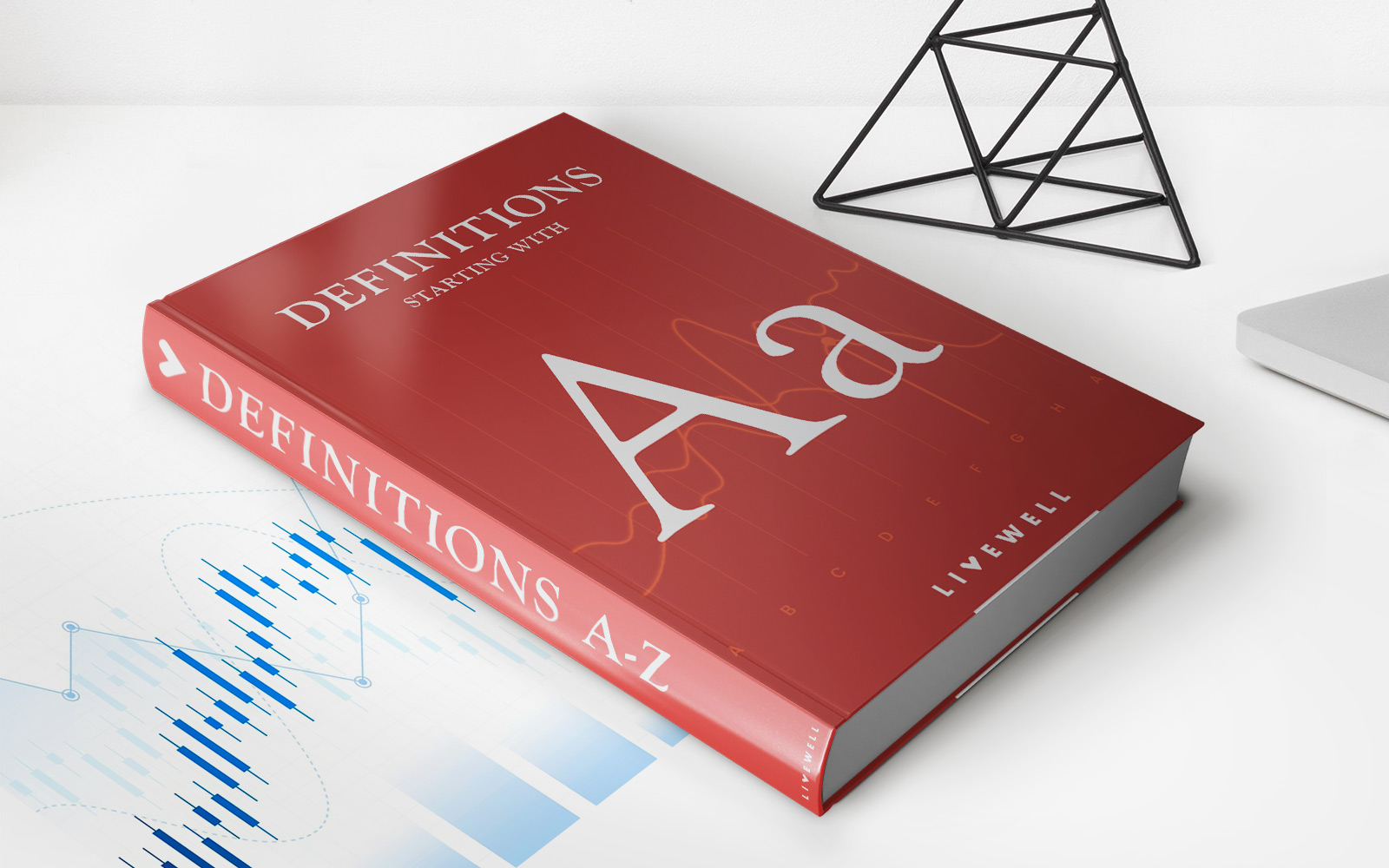

Finance
Assets Under Administration (AUA): Definition And Related Fees
Published: October 9, 2023
Learn the definition of Assets Under Administration (AUA) in finance and explore the related fees involved. Gain insights into managing your financial assets effectively.
(Many of the links in this article redirect to a specific reviewed product. Your purchase of these products through affiliate links helps to generate commission for LiveWell, at no extra cost. Learn more)
Assets Under Administration (AUA): Definition and Related Fees
When it comes to managing finances, having a clear understanding of the various terms and concepts is crucial. One such concept is Assets Under Administration (AUA). But what exactly is AUA and how does it impact your financial journey? In this blog post, we will demystify AUA and discuss its definition, as well as the related fees that may be associated with it.
Key Takeaways:
- Assets Under Administration (AUA) represents the total value of assets that a financial institution, such as a bank or investment firm, manages on behalf of their clients.
- AUA is an important metric for investors as it provides insight into the size and scale of a financial institution’s operations, as well as its ability to manage assets effectively.
Now, let’s dive deeper into understanding AUA and its significance. AUA refers to the total value of assets, such as stocks, bonds, real estate, and cash, that are under the control and management of a financial institution. These assets belong to individuals or organizations who have entrusted their wealth and investments to the institution for professional management.
Financial institutions that offer AUA services typically charge fees to cover the costs associated with managing and maintaining these assets. The fees can vary depending on several factors, including the type and complexity of the assets, the level of expertise required for their management, and the overall size of the assets being administered.
It’s important to note that different financial institutions may have different fee structures and policies when it comes to AUA. Some common types of fees that can be associated with AUA include:
- Management fees: These fees are charged as a percentage of the total assets under administration and are meant to compensate the financial institution for their expertise and effort in managing the assets.
- Custodian fees: Financial institutions often charge custodian fees to cover the costs associated with safekeeping and administering the assets on behalf of their clients.
- Transaction fees: These fees are charged for executing transactions related to the assets, such as buying or selling securities, and are meant to cover the costs involved in these transactions.
- Performance-based fees: In some cases, financial institutions may charge performance-based fees, which are calculated as a percentage of the investment returns achieved. These fees are designed to align the interests of the institution with those of the clients.
When considering AUA services, individuals and organizations should thoroughly review the fee structures and policies of different financial institutions. It’s important to understand not only the cost but also the value that the institution can provide in managing your assets. Transparency in fee disclosure and a clear understanding of the services being offered are key factors to consider before making a decision.
In conclusion, AUA is a significant metric that reflects the total value of assets that a financial institution manages on behalf of their clients. It provides insights into the scale and capability of the institution, as well as the fees associated with the services offered. By understanding AUA and the related fees, individuals and organizations can make informed decisions when it comes to choosing the right financial institution to manage their assets.
Have you ever considered using AUA services? Let us know in the comments below!



